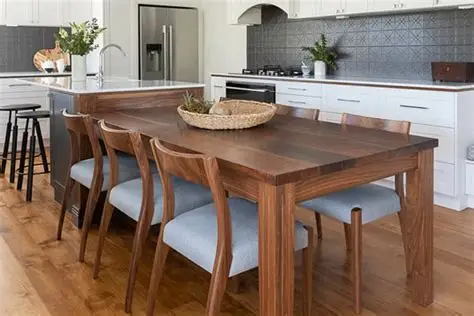
How to Spot Quality Timber Furniture
Choosing quality timber furniture ensures durability, beauty, and long-term value. Poorly made pieces may look good initially but often wear out quickly or require frequent repairs. By knowing what to look for, homeowners can select timber furniture that combines style, functionality, and longevity.
Check the Wood Type
The type of wood used is the foundation of quality furniture. Hardwoods like oak, teak, walnut, and maple are strong, durable, and resistant to wear. Softwoods such as pine or cedar are lighter and more affordable but may not last as long. Understanding the wood type helps assess the furniture’s potential lifespan.
Examine Joinery and Construction
Quality furniture relies on solid construction rather than nails or staples alone. Look for joints like dovetail, mortise-and-tenon, or dowel joints, which indicate craftsmanship. Well-constructed joinery ensures stability and reduces the risk of wobbling or loosening over time.
Inspect the Finish
A smooth, even finish reflects attention to detail and protects the wood. Check for cracks, bubbles, or uneven staining, which may indicate rushed work or low-quality finishing. Finishes should enhance the wood’s natural beauty while providing a durable protective layer.
Assess Weight and Stability
Quality timber furniture feels substantial and solid. Lightweight pieces may lack durability or be made from low-quality materials. Gently test drawers, doors, and surfaces for smooth operation and stability. Well-made furniture should feel sturdy without wobbling or creaking.
Look for Natural Wood Grain
Natural wood grain adds character and indicates authenticity. Avoid furniture with heavily painted or artificial veneers that hide the wood. While veneers can be acceptable when properly applied, visible, consistent grain patterns are a sign of high-quality timber.
Consider Craftsmanship Details
Pay attention to small details such as aligned edges, symmetrical panels, and smooth corners. Hardware like handles and hinges should be firmly attached and of good quality. Meticulous craftsmanship ensures the furniture remains functional and visually appealing over time.

Evaluate Maintenance Requirements
High-quality timber furniture should withstand regular use without excessive maintenance. Ask about care instructions and ensure the piece can be easily maintained with dusting, polishing, or conditioning. Durable furniture requires minimal intervention while retaining its beauty.
Conclusion
Spotting quality timber furniture requires examining wood type, joinery, finish, weight, grain, craftsmanship, and maintenance needs. By focusing on these factors, homeowners can select pieces that are durable, stylish, and valuable for years. Investing in quality timber furniture ensures long-lasting comfort, functionality, and elegance for your home.




